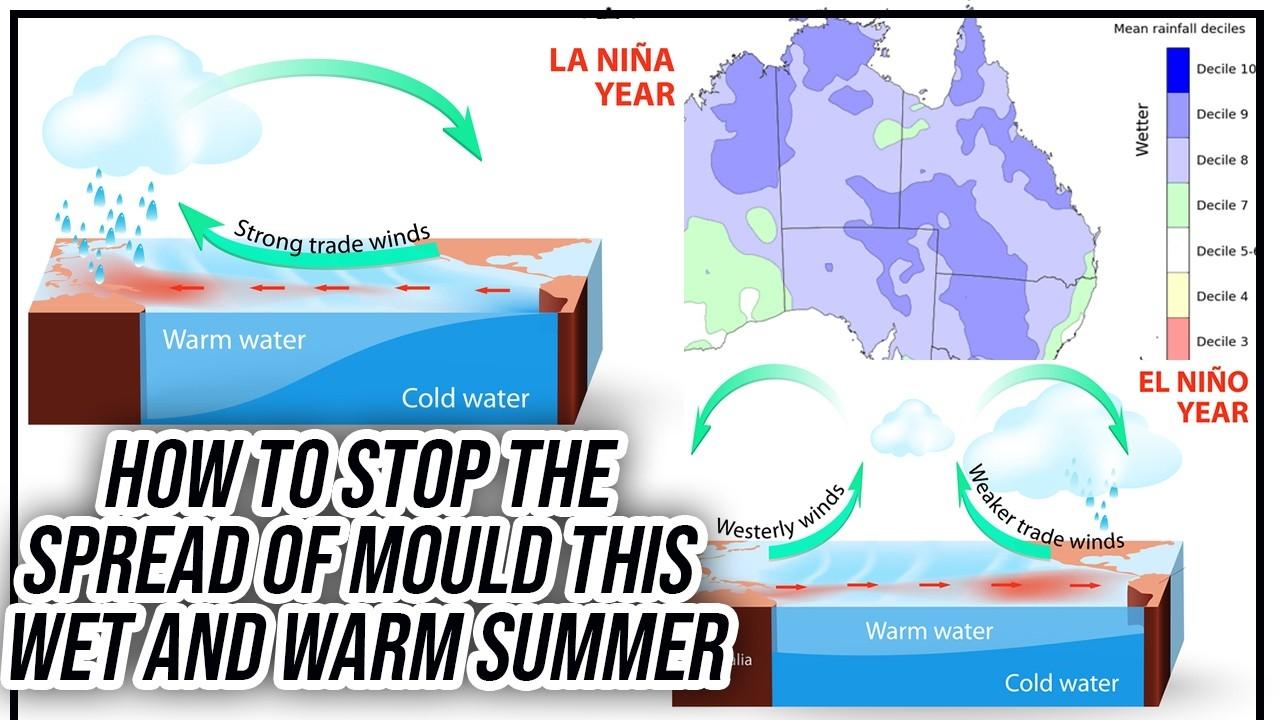Preventive Medicine: Is This The Future Of Healthcare?

Prevention, they say, is better than cure. And that forms the basis of preventive medicine, a proactive approach aimed at getting ahead of the potential causes of diseases by promoting healthy behaviours and screening for diseases with the aim to keep people from becoming sick in the first place rather than treating diseases when they eventually occur.
Disease and disability are affected by environmental factors, genetic predisposition, disease agents, and lifestyle choices and are dynamic processes that begin before individuals realize they are affected (source: Wikipedia).
Preventive medicine can be practiced by governmental agencies, primary care
physicians and the individual himself, according to E. A. Clarke, an assistant professor in the Department of Epidemiology and Biometrics at the School of Hygiene, University of Toronto, Canada.
“In the past, many diseases have been conquered by doing things for the individual. The present challenge of preventive medicine is to motivat...
The Truth About Having A Mould-Free Home In Humid Climates

Do you know that the most humid parts of the world are Kuala Lumpur in Malaysia; Jakarta, Indonesia; and Singapore, all in South and Southeast Asia as well as Darwin in Australia? Do you also know that, on average, people in Hong Kong stay indoors for over 80 percent of their day because of their humid climate?
This underscores the need to maintain an indoor living environment that is free of mould because of the huge challenges of living in a humid climate.
So, it's important to realize that the potential for mould is higher in humid climates. This is because the water vapour from the air can condense out onto surfaces and provide a water source for mould to grow.
In case you don’t know the meaning of mould, biologists define it as a fungus that grows in the form of multicellular filaments called hyphae that form a mycelium. This is a network that might also give rise to a fruiting body, which is the familiar mushroom stage for some fungi. Fungi are everywhere, and a normal part o...
Top 7 Mast Cell Activation Syndrome Triggers You Should Avoid

Mast Cell Activation Syndrome (MCAS) is a very serious, often overlooked condition. About one in four people with the disease cannot work or participate in normal day-to-day activities. It is a disease that affects people of all ages or gender, but one funny thing about it is that it is often unrecognized and possibly remains undiagnosed in many cases.
MCAS is a group of diseases involving the immune system. When the triggers occur, antigens are raised inside the body, which might result in itchiness, for example. But this also leads to a histamine cascade, which causes contraction of the respiratory vessels. Then blood vessels dilate and result in gastric acid secretion.
Many people with MCAS can have very serious life-threatening reactions such as anaphylaxis. Typical symptoms include itching, headaches, brain fog, fatigue, heart palpitations, hives, shortness of breath, gastrointestinal problems, wheezing, low blood pressure, anxiety and, very typically, a flushing or a swelling, ...
What everyone must know about early life allergen exposure

According to statistics, about 90 percent of our time is spent indoors. The number could be much higher in recent times due to COVID-19 which has caused many governments around the world to impose lockdowns and forced people, including children, to stay home in order to avoid contracting the virus and halt its spread.
But more worrisome is the fact that these kids are also exposed to other dangers – like the threat from airborne allergen exposure in their early lives.
The American Academy of Allergy, Asthma & Immunology defines an allergen as a usually harmless substance capable of triggering a response that starts in the immune system and results in an allergic reaction, like sneezing or itching. For instance, if you have an allergy to pollen, your immune system identifies pollen as an invader or allergen. But the reaction event can turn serious and also be overlooked.
How then does the indoor living environment affect children? A recent study in environmental medicine from the Un...
10 Reasons Your Relationship With Hypersensitivity Is Toxic

Allergens are all around us. It seems like a fairly straightforward concept, though how they find their way to us can be extremely surprising. Take for example, animal allergens. If you learned that your child had a dog allergy, what steps would you take to avoid issues for them?
The most common response to this would likely be some variation of not having a pet dog and limiting visits to places where dogs live. After all, kids spend most of their time at school or at home so you may think there is little risk of exposure in these controlled environments.
This is, however, not the case. Studies have found that children will be exposed to dog and cat allergens just by attending school. During a 1998 study conducted in a Swedish school it was discovered that allergens were present on the clothes worn by all pet owning students. Despite preventative measures we may take against them, allergens still find a way to infiltrate places we believe are safe.
Allergens are definitely a bit mo...
5 Ways To Reduce Sneezing and Dominate Dust In Your Home

COVID-19 has reshaped how we think about public health and the practical steps we take every day to keep ourselves safe and healthy. Today more than ever, we share a heightened responsibility surrounding our environmental hygiene, as well as the potential harm that poor cleaning habits can cause.
Something we encounter every day is dust. It’s synonymous with being untidy, old, and causing us to sneeze. But perhaps in our post-COVID world, we will see dust a little differently.
Dust is an organic material, a combination of microbial vegetable or animal materials. Often, household dust is comprised of skin cells from human inhabitants and pets. As it is biological, dust can contain viruses, bacteria, fungi, algae, insects, mites, and even antibiotics. Moreover, dust contributes to bioaerosols, which when disturbed, become airborne and can cause respiratory issues. This forms part of the background bioburden to the home and the subsequent risks from exposure.
The most common allerg...
The hidden horrors of rubber ducks, and how to keep yourself safe

Bathtime wouldn’t be the same without a rubber duck. For children, and maybe some adults too, the main attraction of a scrub in the tub is the chance to play with rubber or plastic bath toys, watching them bob amongst the bubbles and submerge amongst the suds. But beneath the cheery exterior of bright wide eyes and chirpy beak exists a hidden danger - one that could make you or your children very unwell.
The best way to investigate this is to chop them open (sorry, ducky), revealing the microbial growths that manifest inside. The initial findings are startling, showing a significant build-up of dark, murky slime, known as a biofilm. Biofilms are, in fact, a whole host of different microorganisms, including bacteria, fungi and moulds, that stick to each other and form a slimy substance to help them survive and multiply.
What’s shocking is that this is not just a one-off or a particularly old toy. Research found that 70% of bath toys contained the same black, slimy biofilm, and it cou...
The Evolutionary Duel Between Humans and Pathogens - Can We Overcome It?

Pathogen. Germ. Bug. Infection. Virus. Plague. Today, more than ever, it seems like we are constantly surrounded by an invisible world of hidden dangers. These words are synonymous with our times, but we are not the first generation who have had to contend with a dangerous pathogen. So, what is a pathogen, and how has history shaped the relationship between them and humans?
Pathogens, defined as an organism that causes a disease to its host, are spread across our planet on an unbelievably vast scope. They occupy every known environment, from nuclear waste sites to rocks buried thousands of metres beneath the surface of the Earth. Moreover, they are numerous as well as widespread. Scientists estimate the number of viruses on earth to be about 1031. That’s 10 billion times the number of stars in the universe.
For over 1.5 billion years, viruses and other microorganisms have been seeking biological hosts in which they can manifest, and humans have been in an evolutionary brawl with pat...
How severe weather can damage your home in hidden ways, and what you can do to protect yourself

Severe weather is becoming increasingly common as the effects of climate change bring wetter and warmer summers, along with more freak events such as cyclones and flash flooding. In Australia, the effects of El Niño and La Niña are a combination of ocean and atmosphere frictions. Amidst this, properties are at risk of costly damage, yet it may not be a monsoon or lightning that causes you or your property harm - it could well be mould.
Water damage and the potential for subsequent mould is something that many of us have had to deal with at one time or another, but water damage from a storm or flooding raises a whole host of additional problems. Primarily, the source of the water can determine how much of a health risk the mould can pose to us.
Category 1 water is clean, such as from a leaky pipe or overflowing bathtub. It is unlikely to produce unexpected mould growth, however the longer it is left untreated, the higher the risk becomes.
Category 2 water contains a greater amount o...
Why climate change could cost you your cappuccino

“It's often said that a bad day with coffee is better than a good day without.” A fair statement, no? If you asked any of the drinkers of the 2.25 billion cups of coffee drunk daily, they’d probably all give you a similar answer. Some research suggests that coffee may even have some positive health benefits. But this uniquity of caffeine consumption raises some serious questions about the damaging effects our coffee habits are having on the planet.
Let’s begin on a positive note: A research paper from April 2020 reviewed randomized clinical trials and other observational studies to show that coffee can reduce the risk of type two diabetes, cardiovascular disease, as well as several forms of cancer. So perhaps you are inadvertently protecting yourself from some harmful conditions each time you pop into your local cafe.
Sadly, the positivity ends there. Our growing demand for coffee presents us with a multitude of issues, many of which require urgent action.
The first of which is that...

